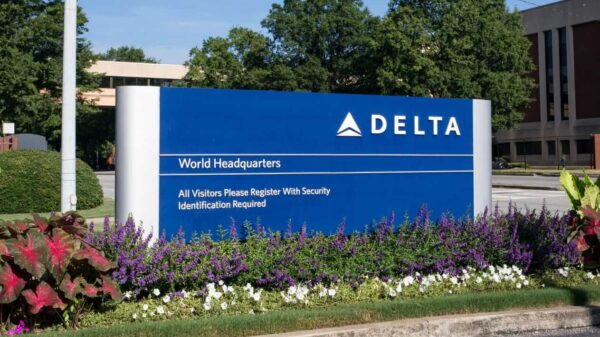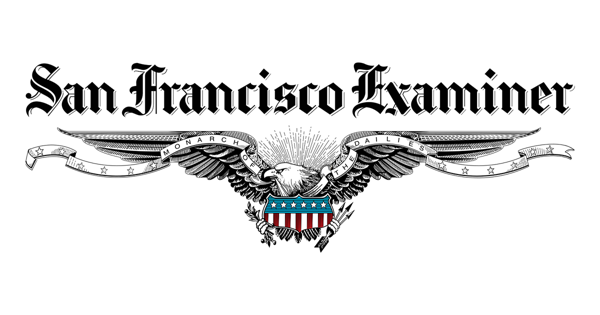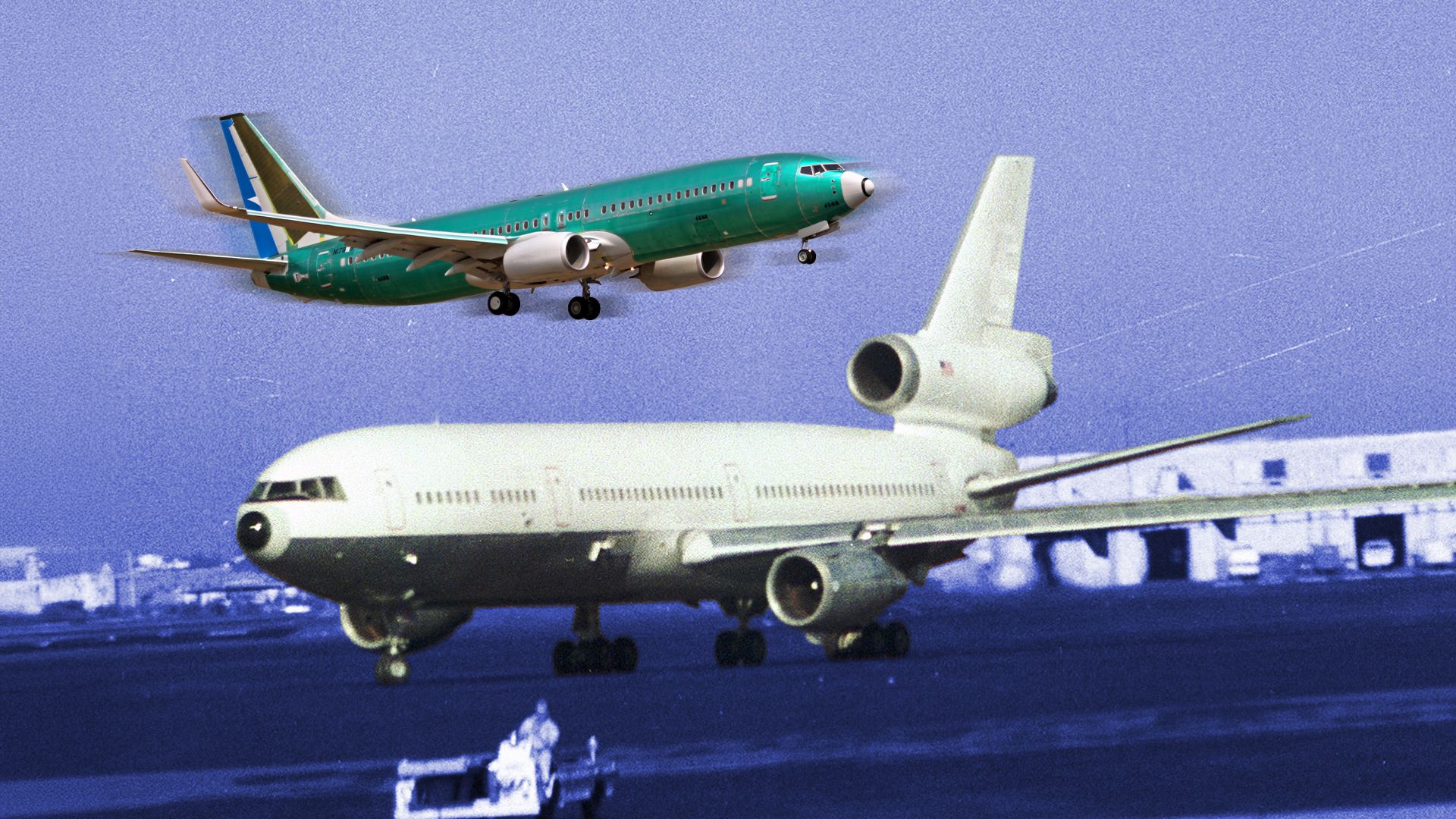Boeing, a dominant force in the commercial aircraft industry, merged with McDonnell Douglas in 1997 primarily to bolster its military division. This decision arose from McDonnell Douglas’s declining commercial aircraft segment, alongside its robust military offerings. The merger aimed to reduce Boeing’s reliance on the fluctuating commercial aviation market and enhance its competitive edge.
The history of McDonnell Douglas traces back to the founding of the Douglas Aircraft Company in 1921 in Santa Monica, California. The company gained prominence with the iconic DC-3, which once transported 90% of the world’s passengers. While Douglas initially hesitated to develop jet-powered airliners, it ultimately introduced the DC-8, which, alongside Boeing’s 707, helped establish jet travel as a mainstream concept. Despite early successes, the company faced financial challenges and accepted a merger with McDonnell Aircraft, forming McDonnell Douglas in 1967.
The newly formed company produced several aircraft, including the DC-10 and MD-80. However, competition and design issues hindered profitability. By the time of the 1997 merger, McDonnell Douglas’s commercial sector was struggling, while its military division thrived by producing renowned aircraft such as the F-15 Eagle and the C-17 Globemaster III.
After the merger, Boeing quickly discontinued the MD-11 and MD-90 aircraft lines, rebranding the MD-95 as the Boeing 717-200. Despite initial hopes, the 717 saw limited success, with only 156 units sold before production ended in 2006. Boeing continued to produce military aircraft from the McDonnell Douglas portfolio, including the F/A-18 Hornet and the F-15, which have been developed into updated models.
In the years following the merger, Boeing’s reputation as a reliable aircraft manufacturer began to falter. The introduction of the 787 Dreamliner marked a significant milestone, with promises of improved fuel efficiency and passenger capacity. However, the aircraft faced numerous challenges, including production delays and quality control concerns, especially at the South Carolina facility.
Boeing’s troubles intensified following the crashes of two 737 MAX 8 aircraft in 2018 and 2019. Investigations revealed flaws in the aircraft’s MCAS software, leading to a global grounding of the fleet for 20 months. The incidents severely damaged public confidence in Boeing, which had long been viewed as a leading figure in the aerospace industry.
As Boeing attempted to navigate these challenges, the impact of the merger with McDonnell Douglas continued to resonate. The integration brought about changes in company culture and management, with many former McDonnell Douglas executives taking influential roles. Despite Boeing’s efforts to restore its reputation, it grapples with the legacy of decisions made during a time of corporate turmoil.
The merger has been described by some as “McDonnell Douglas buying Boeing with Boeing’s money,” reflecting the significant influence McDonnell Douglas executives had on the company’s direction. As Boeing seeks to recover from its recent setbacks, it faces the daunting task of overcoming the lingering consequences of past decisions that prioritized short-term gains over long-term stability.
In summary, Boeing’s merger with McDonnell Douglas was a strategic attempt to secure military contracts and stabilize its business amid challenges in the commercial sector. While it aimed to create a more potent entity capable of competing in an evolving market, the complexities of integration and subsequent operational issues have left a lasting impact on Boeing’s trajectory.







































































